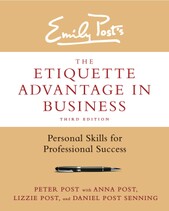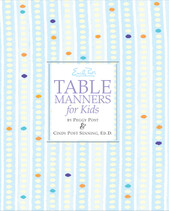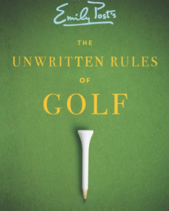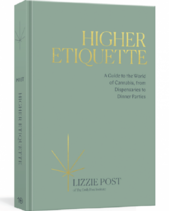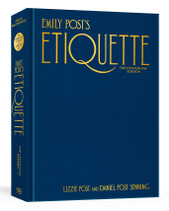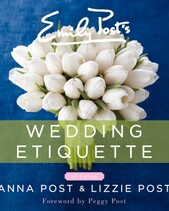
Emily Post: Daughter of Bruce Price
Emily Post, a cultural icon and a household name for countless Americans, remains known today for her timeless advice on entertaining, weddings and all things etiquette. Yet many of her readers are unaware of the remarkable events that contribute to her own life story. We at The Emily Post Institute believe that the factual accounts and inherited tales of Emily Post as a person should not be forgotten. Our Historical Emily Post series will attempt to present brief windows into the lesser-known life and work of Emily Post in her contemporary moment.

There is no question that Emily Post enjoyed a close relationship with her father, the well-regarded architect Bruce Price. Always at his side growing up, had she been born a boy, or in another time, there is little doubt that Emily would have followed her father into his chosen profession and become an architect. Instead she grew up applying the principles for which her father’s designs were known to her area of greatest agency, the social realm. In very many ways, Emily was a “social architect”.
Emily Post was a Daddy’s-girl.
Bruce Price was more than just the father of one of the most important women in 20th century America. He was the architect behind Pierre Lorillard’s development – Tuxedo Park. This first of its’ kind exclusive community development outside New York City eventually became known as the birthplace of that eternally fashionable garment, the Tuxedo. He also planned the American Surety Building on the corner of Wall Street and Pine in lower Manhattan, at the time the highest building in America and a early example of the steel framing and curtain wall construction that paved the way for the modern skyscraper. His cottages in Kennebunkport Maine were models of efficiency and charm while maybe his best known commission was a series of grandiose railroad stations and hotels for the Canadian railway. His signature project, the Chateau Frontenac, defines the skyline of Quebec to this day. Although he was well regarded, Bruce Price had no definitive style with which to brand his buildings. He was known in his day for having an impeccable sense of proportion and right use. Whether it was the way his new tall building fit vertically into its corner of Wall Street or the way the serving staff could move food and guests through the dining rooms of the Frontenac, Bruce had a innate sense of the ways a space related to the needs and tastes of those who would inhabit his buildings. It is this sense of proportion and balance that he communicated to his daughter and only child.
Like her father’s ability to understand and construct relationships between spaces and people, Emily had a knack for dissecting the unwritten social codes of New York society and making sense of them for the emerging industrial middle classes. It is our suspicion that it was her knack for finding and elucidating the reason and purpose behind social customs so as to make them understandable to anyone that gave her such a broad appeal. When she made allowances they “made sense” and when she chose to crack the whip it was “for good cause”. Emily wrote about etiquette not by choice but as a commission. Her novels, while entertaining, revealed no genius. The topic of social forms was the right subject matter for this woman who understood so well how the spaces we inhabit, be they physical, emotional, intellectual or social, enable us to live well. In the same way awareness of golden proportions guided her father and countless architects for millennia Emily trusted in fundamental ordering principles and in the ability of human reason to elucidate them. This gave her etiquette, like her fathers architecture, great and lasting appeal.
